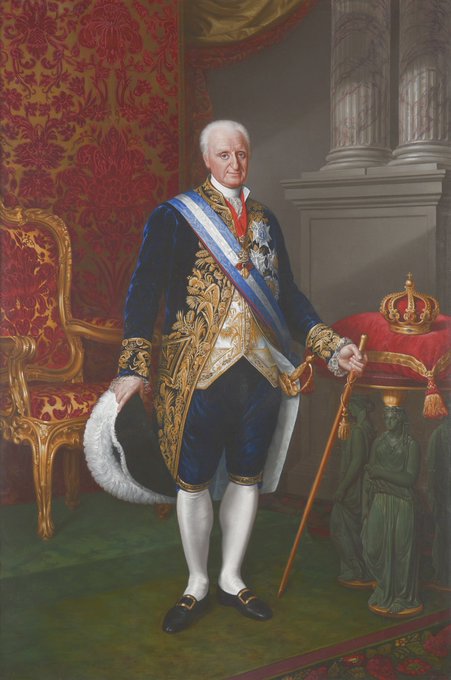
Lionel Messi lifted the World Cup trophy on Sunday afternoon, the third time Argentina have won it, but why exactly do the Albicelestes wear the colours they're named after?
The picture of Messi lifting the trophy, after the dramatic victory over France, would only have been more iconic if he wasn't covered by the Qatari robes that had been placed on him.
Some felt that the team's kit being covered, and the delay that came with having to put the Beshth on, rather took the shine off Argentina's moment, especially with the kit not being seen in its full glory.
Advert
The team's nickname means 'the sky blue and whites,' and obviously comes from their flag, which is unlike the colours worn by Germany and Netherlands, who wear white and orange respectively.
But why exactly those colours appear on the national flag, and subsequently the team's kit, has a whole interesting history behind it.
History buff Twitter page 'The Cultural Tutor,' who is pretty good at explaining what's what, has done a really thorough job on explaining why the colours represent the South American nation.
Advert
It all heads back to the Byzantine Empire, part of the Roman Empire, when blue was an expensive colour and was the colour of nobility.
St Mary was often painted wearing blue, as an important figure, a detail that became important in the 18th century, when the Spanish empire ruled Argentina.
When the King of Spain's son had a son of his own, the King set up the Order of Charles III, a society for 'prominent Spaniards.'
Having prayed to St Mary to give his son a child, King Charles made the order's colours blue and white.
When Napoleon Bonaparte replaced King Ferdinand VII, Charles III's grandson, with his own brother as King of Spain in 1808 it didn't go down well.
Advert
Argentine rebels wore the blue and white of the Order of Charles III to distinguish themselves from those of the now ruling powers.
In 1812, during the Argentine War of Independence, rebel leader, Manuel Belgrano, had them wear blue and white ribbons.
Belgrano designed the flag of the country, and it was officially adopted by the independent Argentina in 1816, with the sun added two years later.
Advert
He compared the colours to those of the sky and the clouds, due to the South American country's incredible landscape, but they weren't the reason or inspiration for the colours originally.
When the Argentina national team made their debut in 1902 they wore all blue, in a fixture that would be repeated many times over, including the first World Cup final, as they took on Uruguay.
Six years later, they faced an all star team from the Brazilian league wearing their now famous blue and white stripes, and they haven't looked back since.
The history of those kits then, dates back over 500 years.
Featured Image Credit: AlamyTopics: Argentina, Lionel Messi, Kit, Football World Cup, Football

